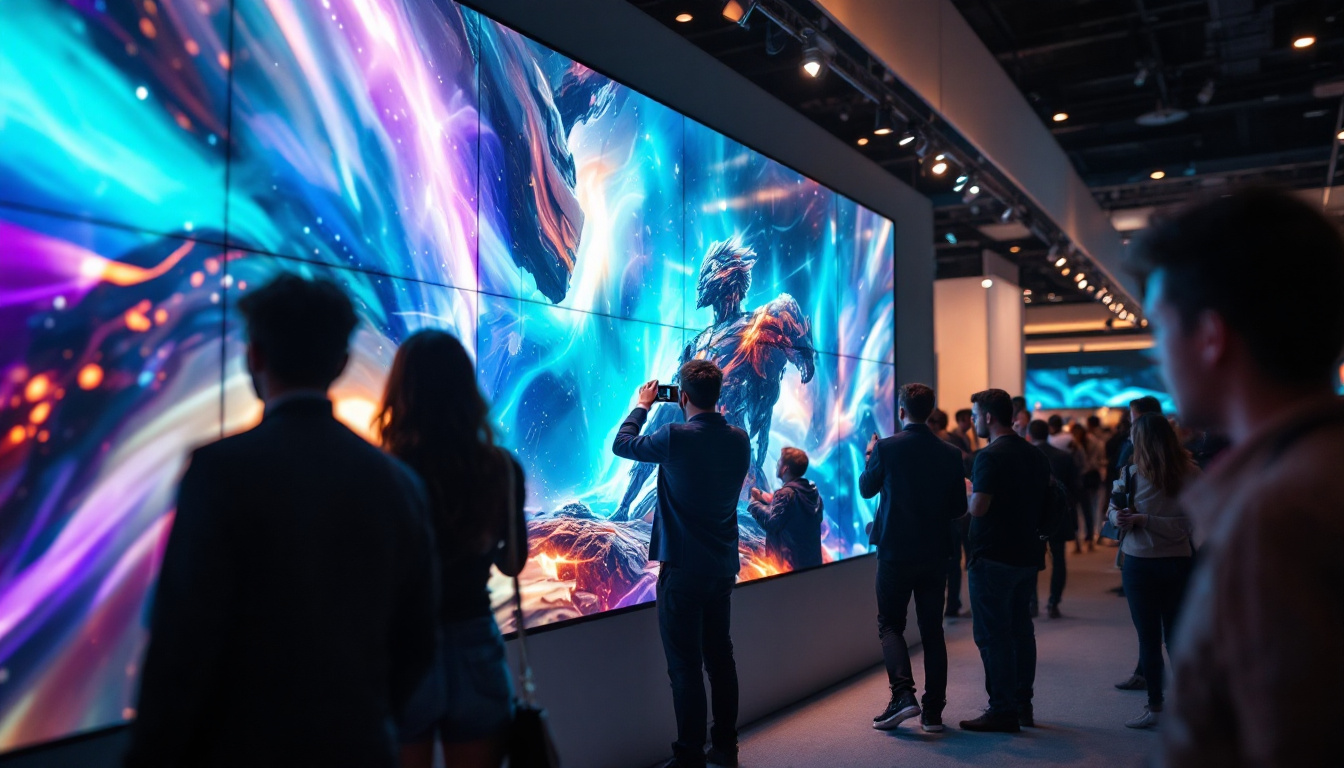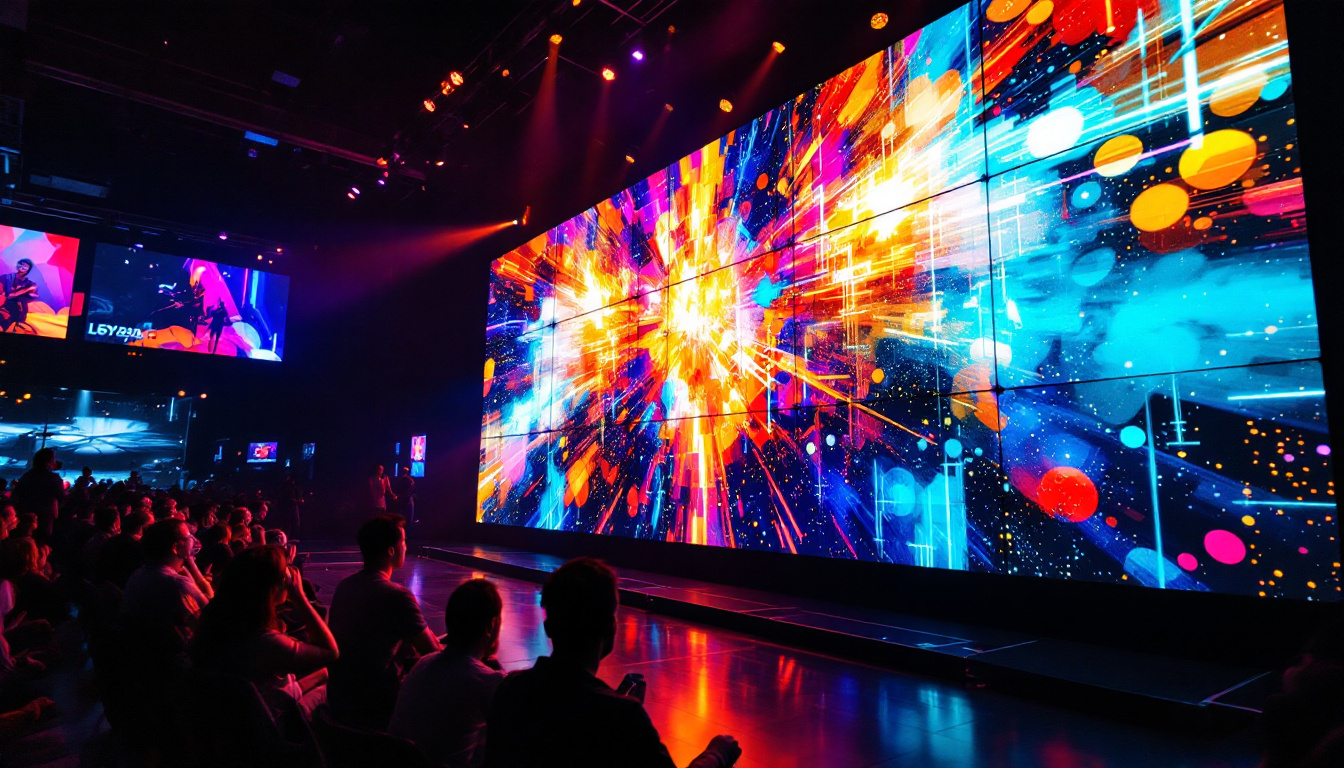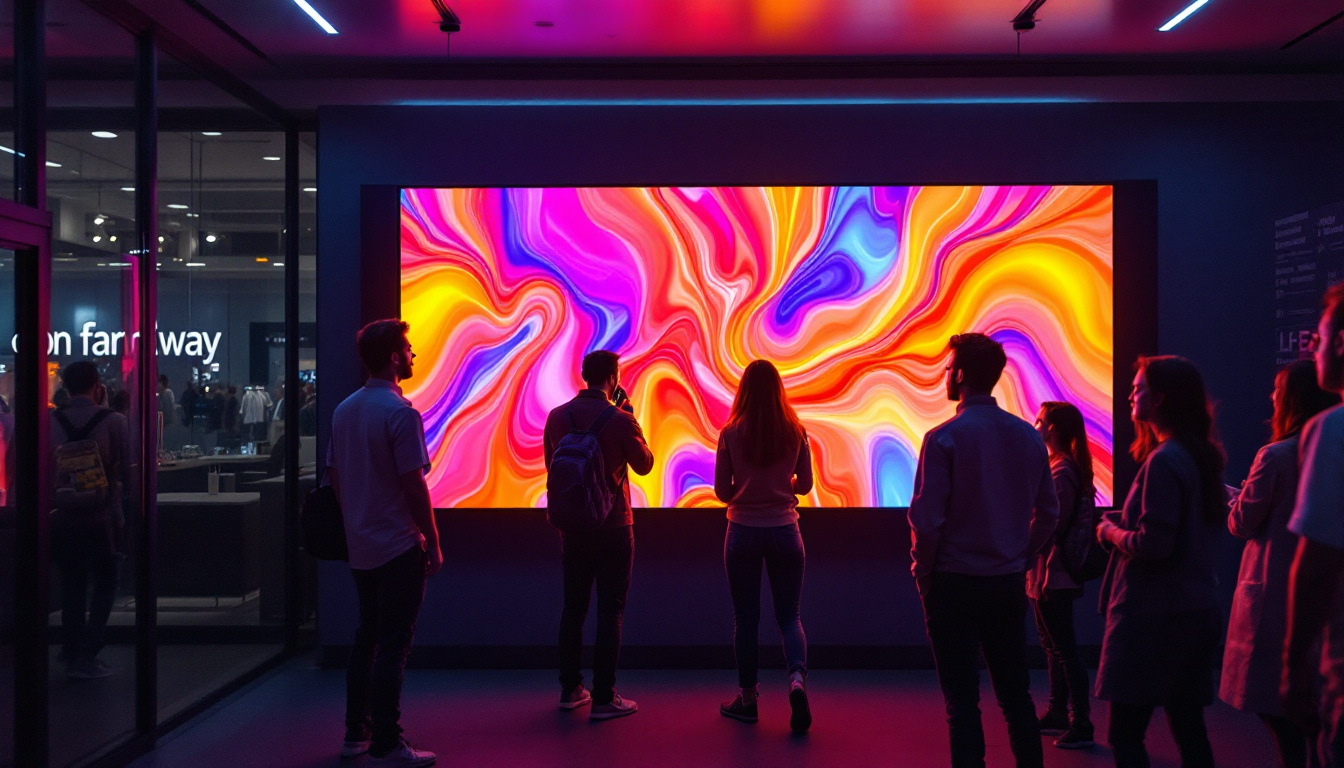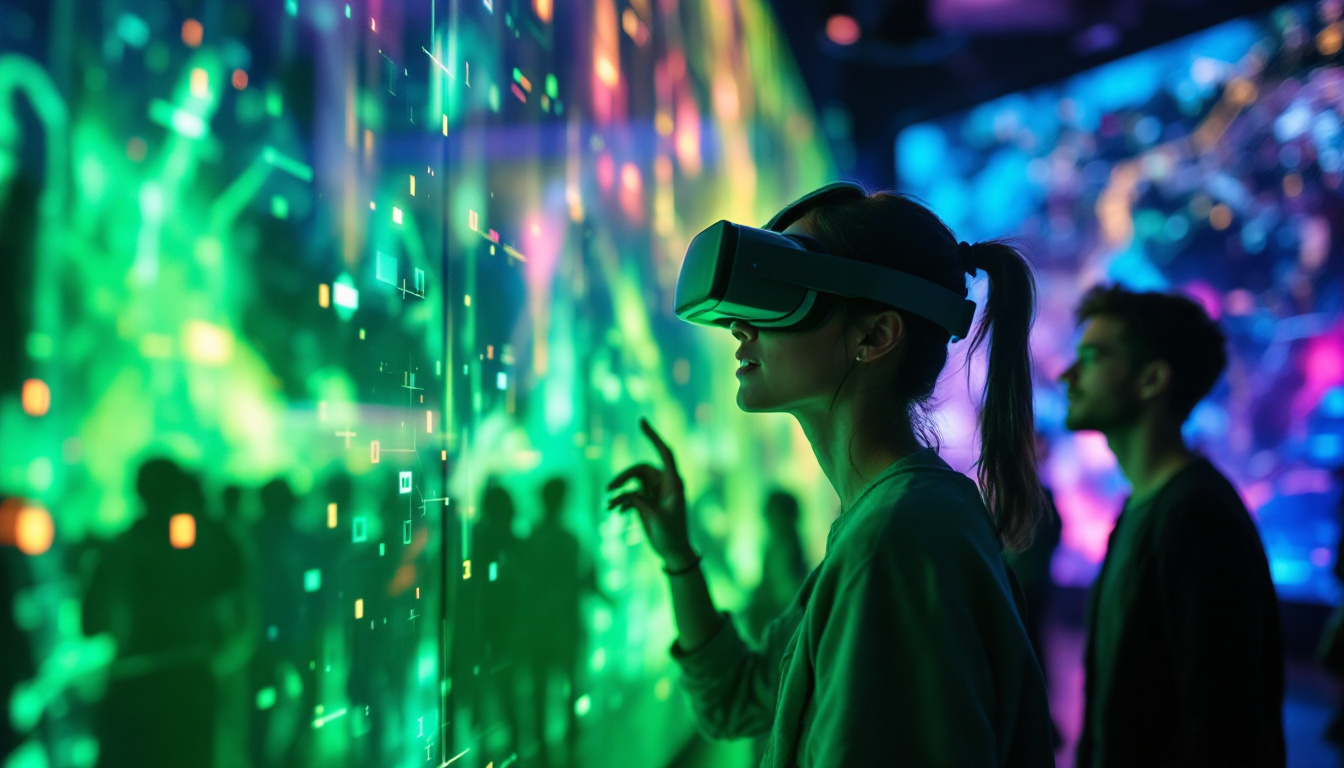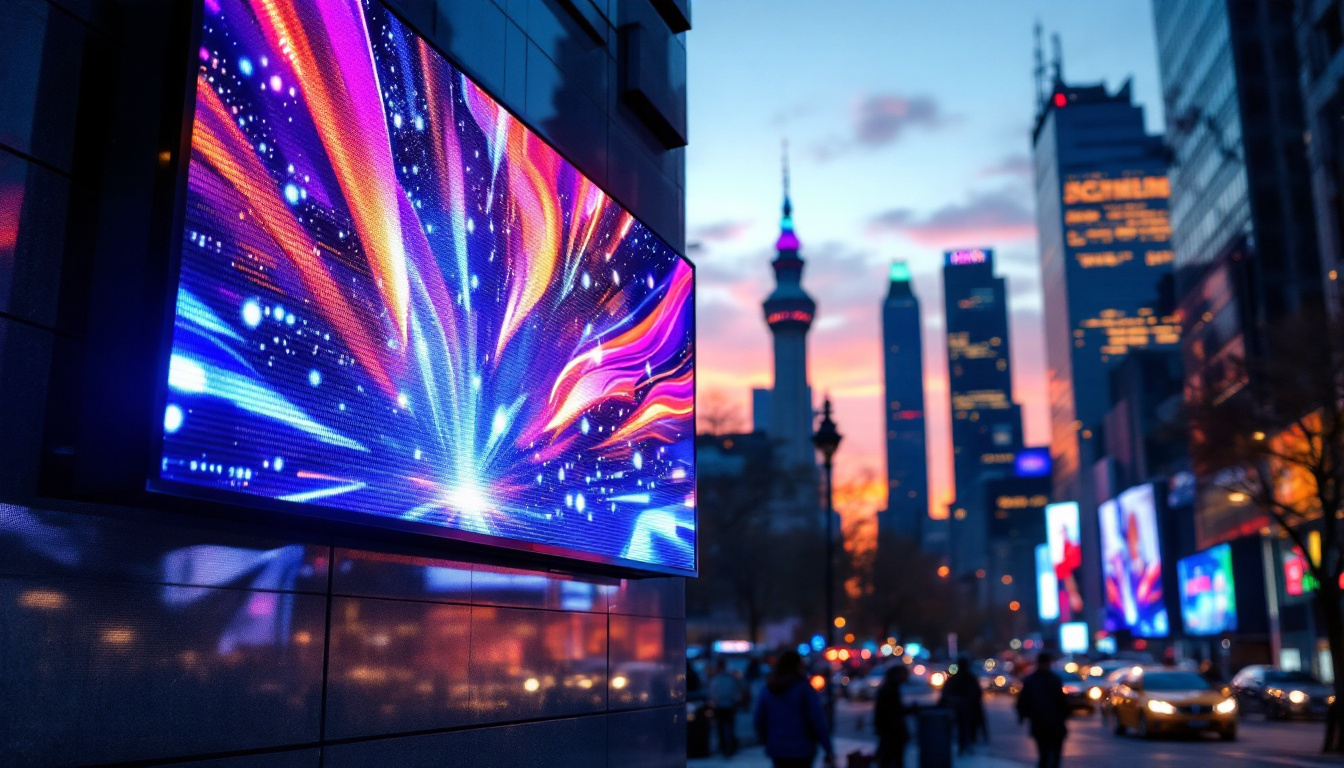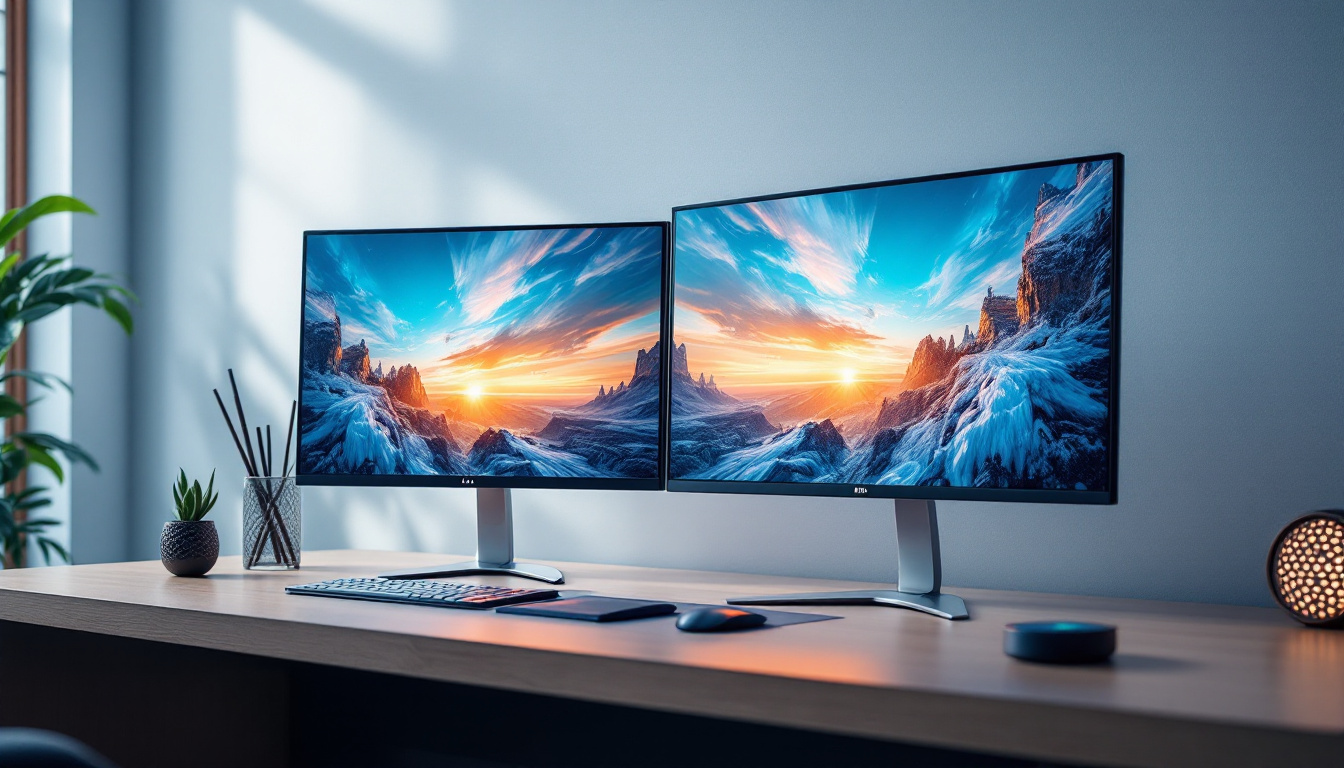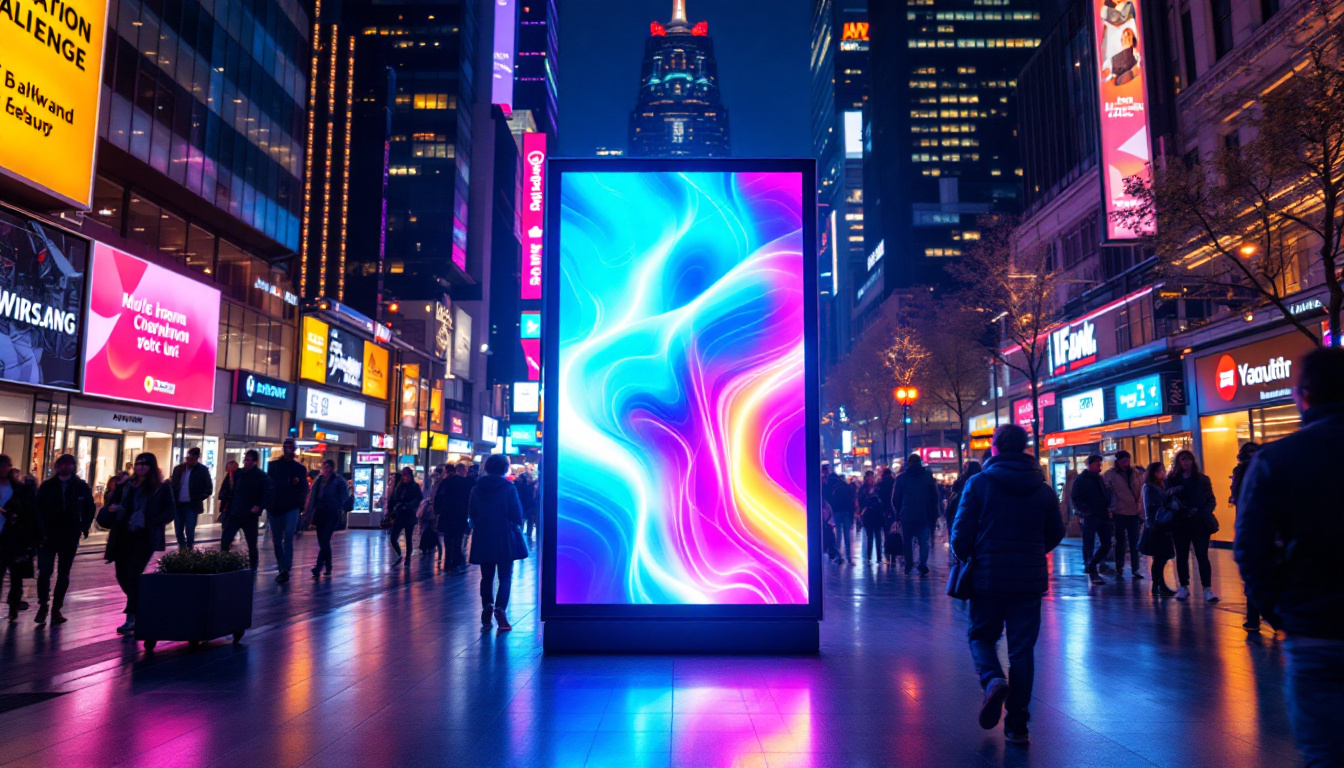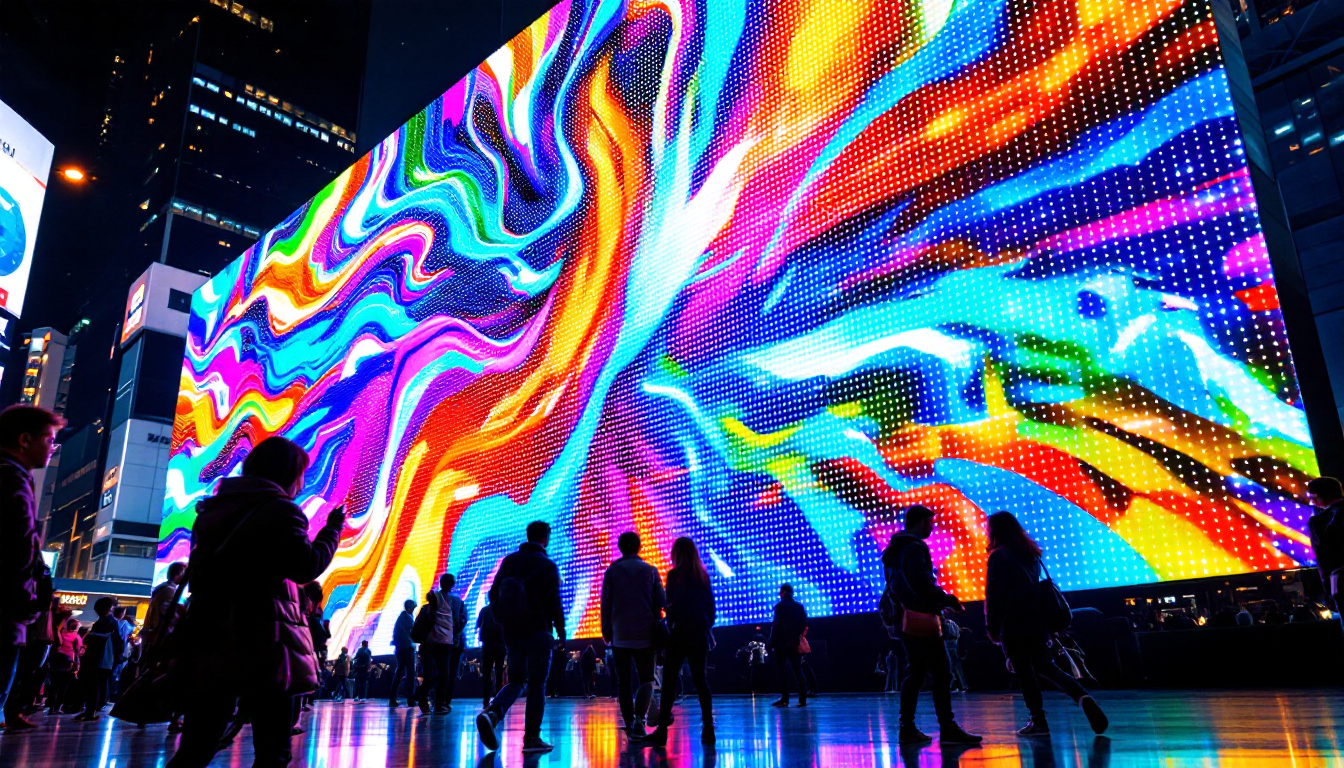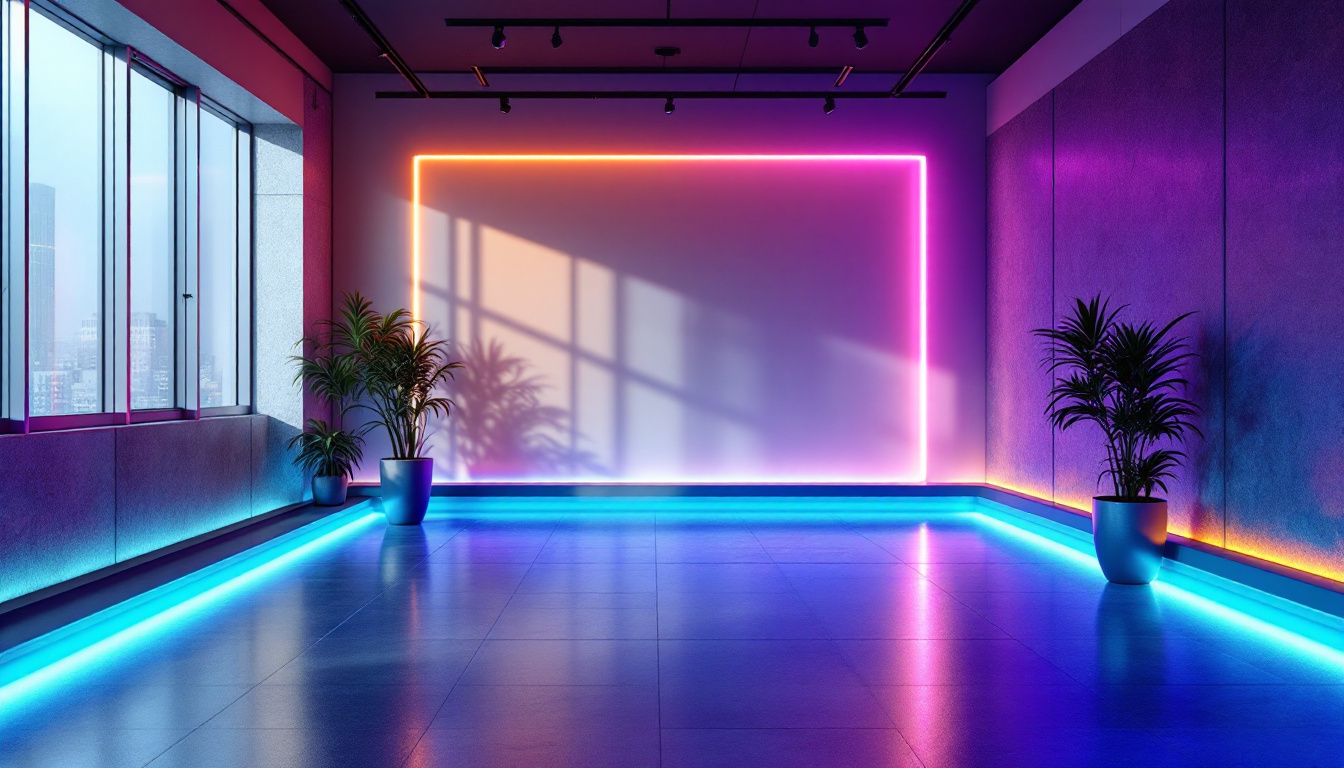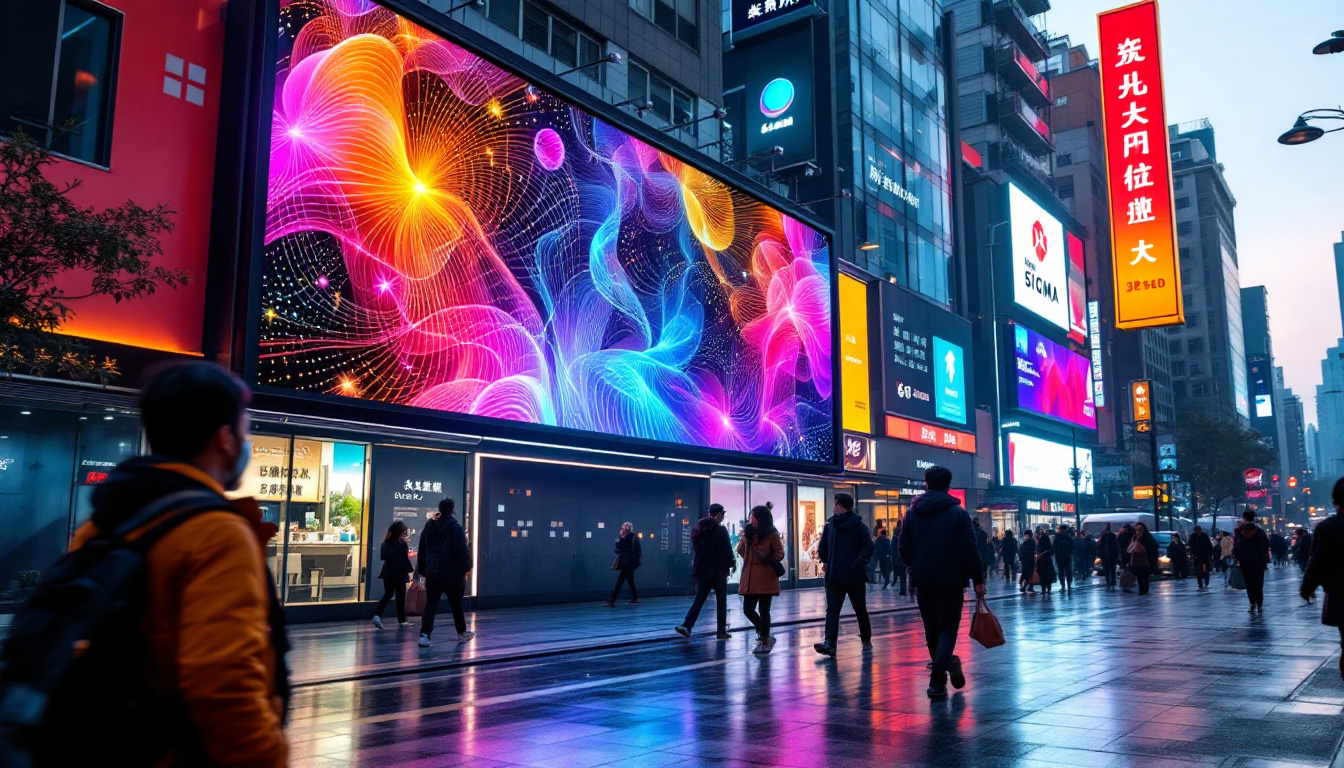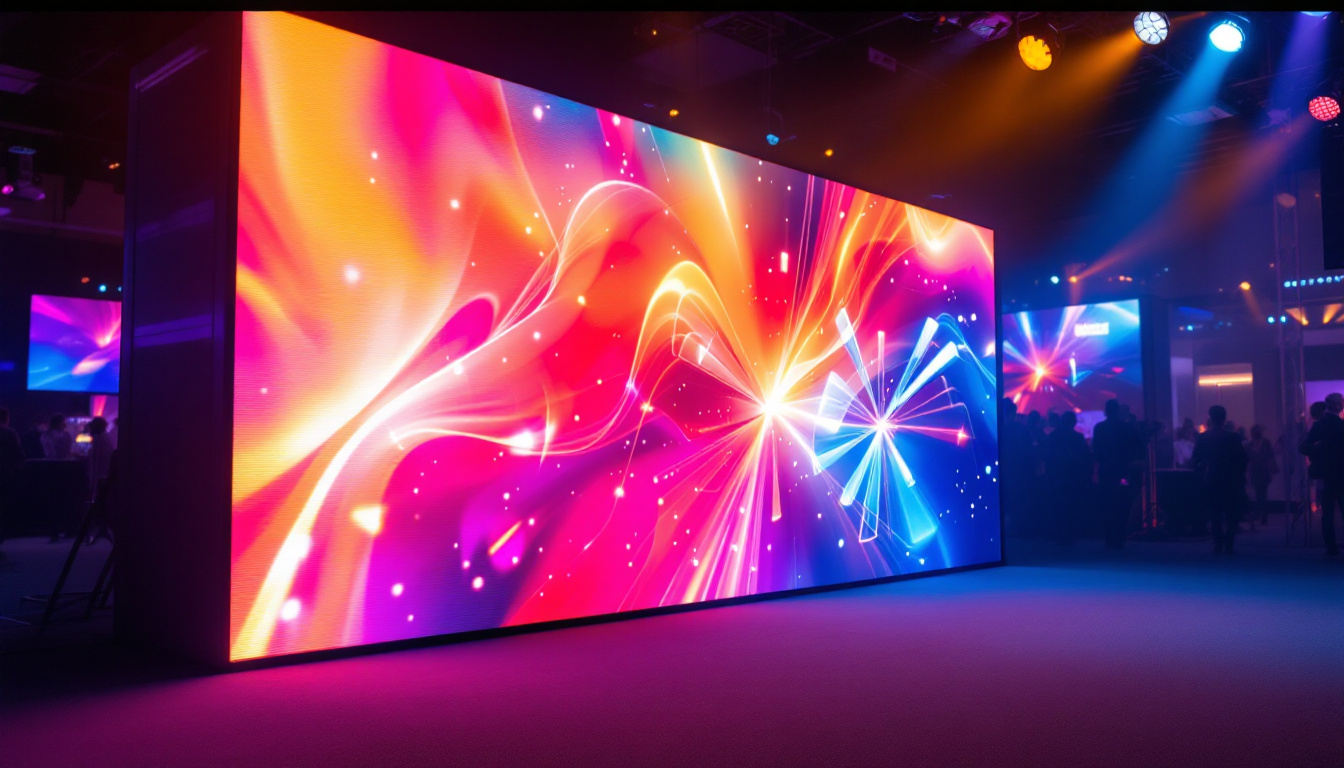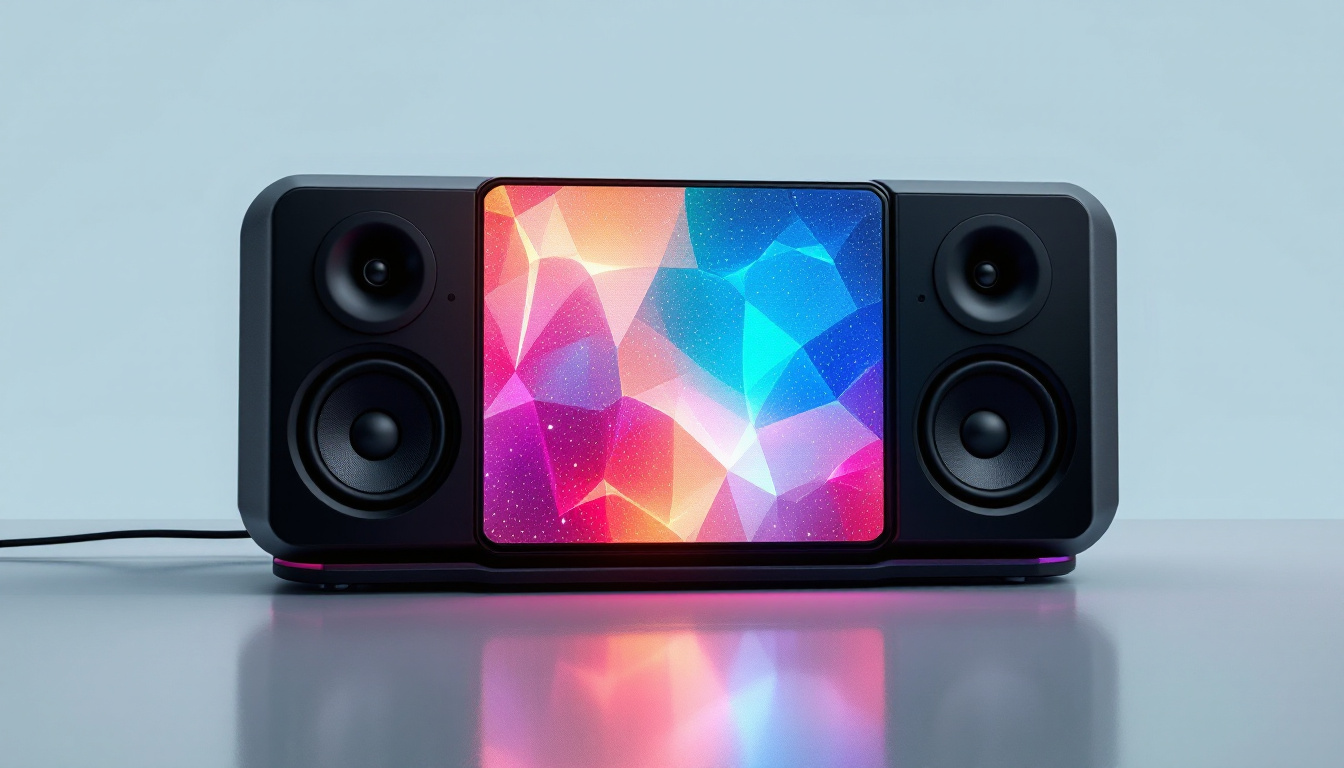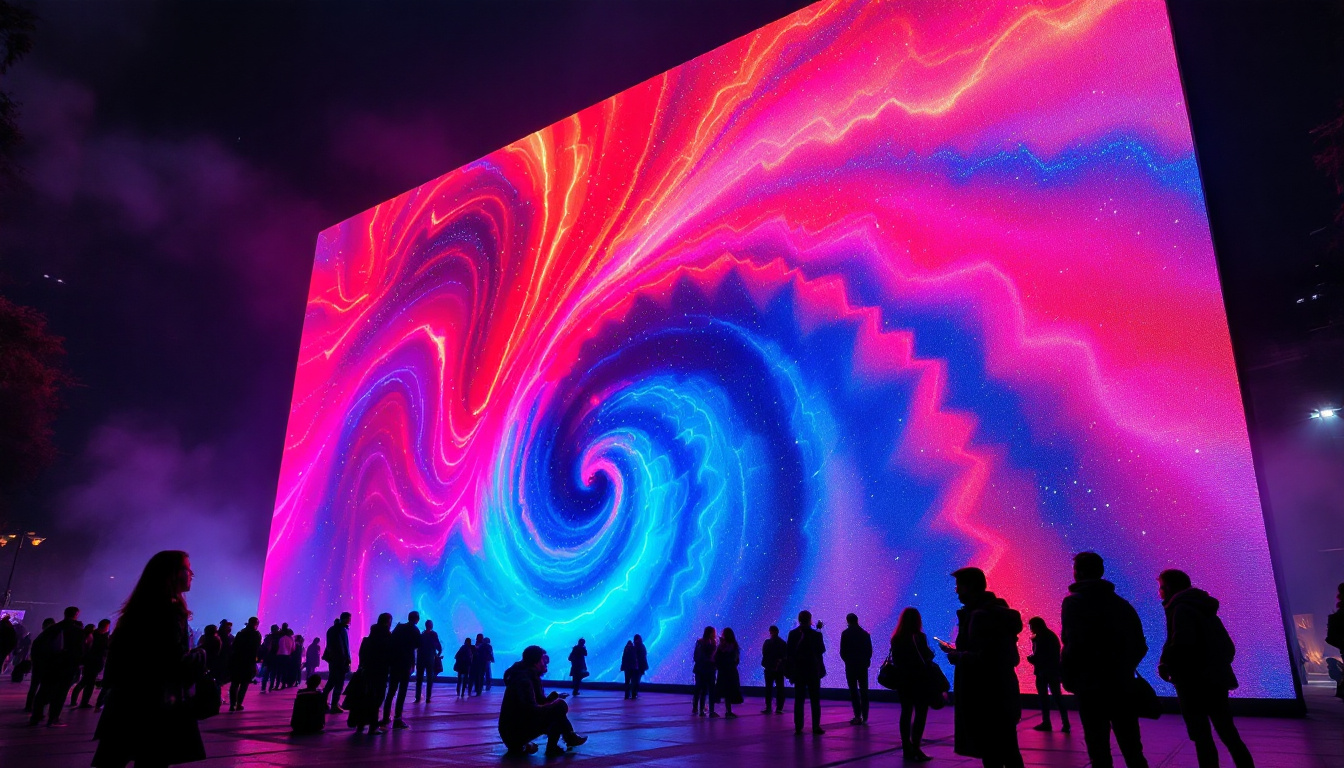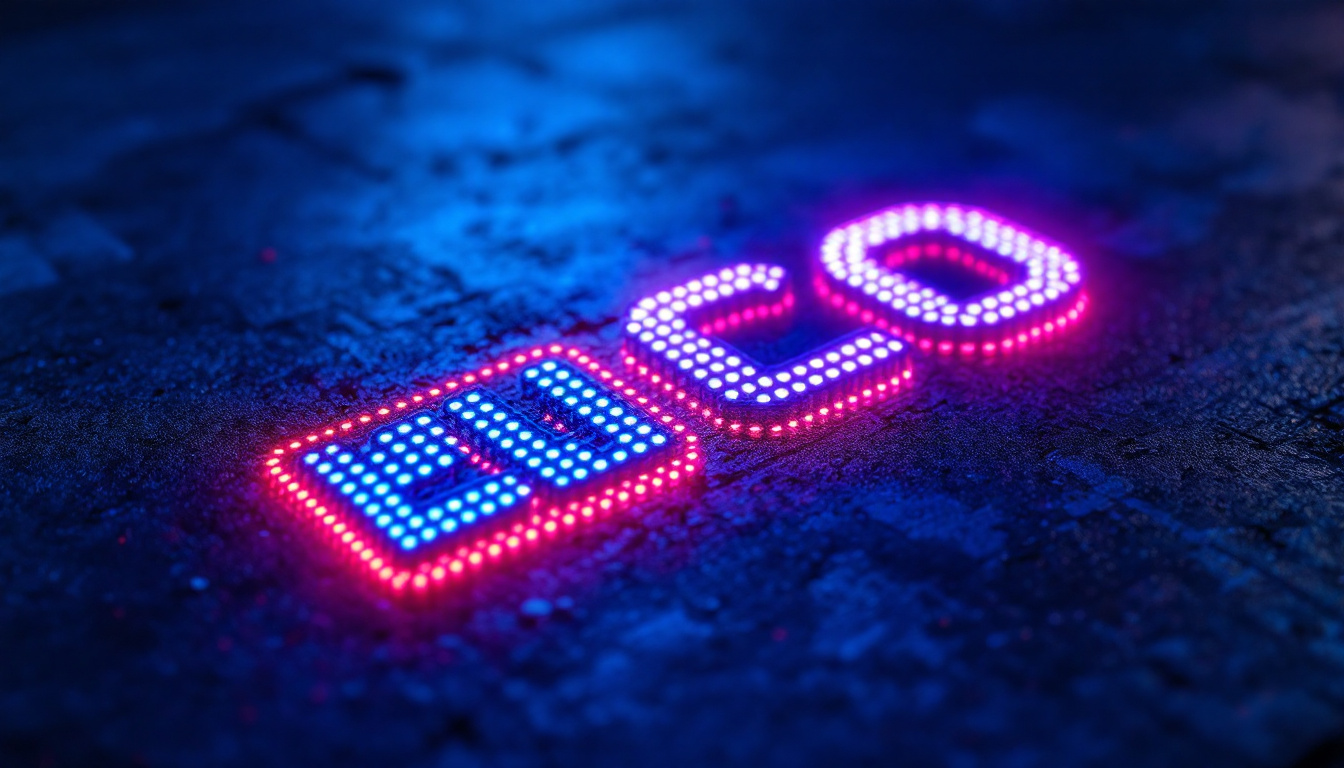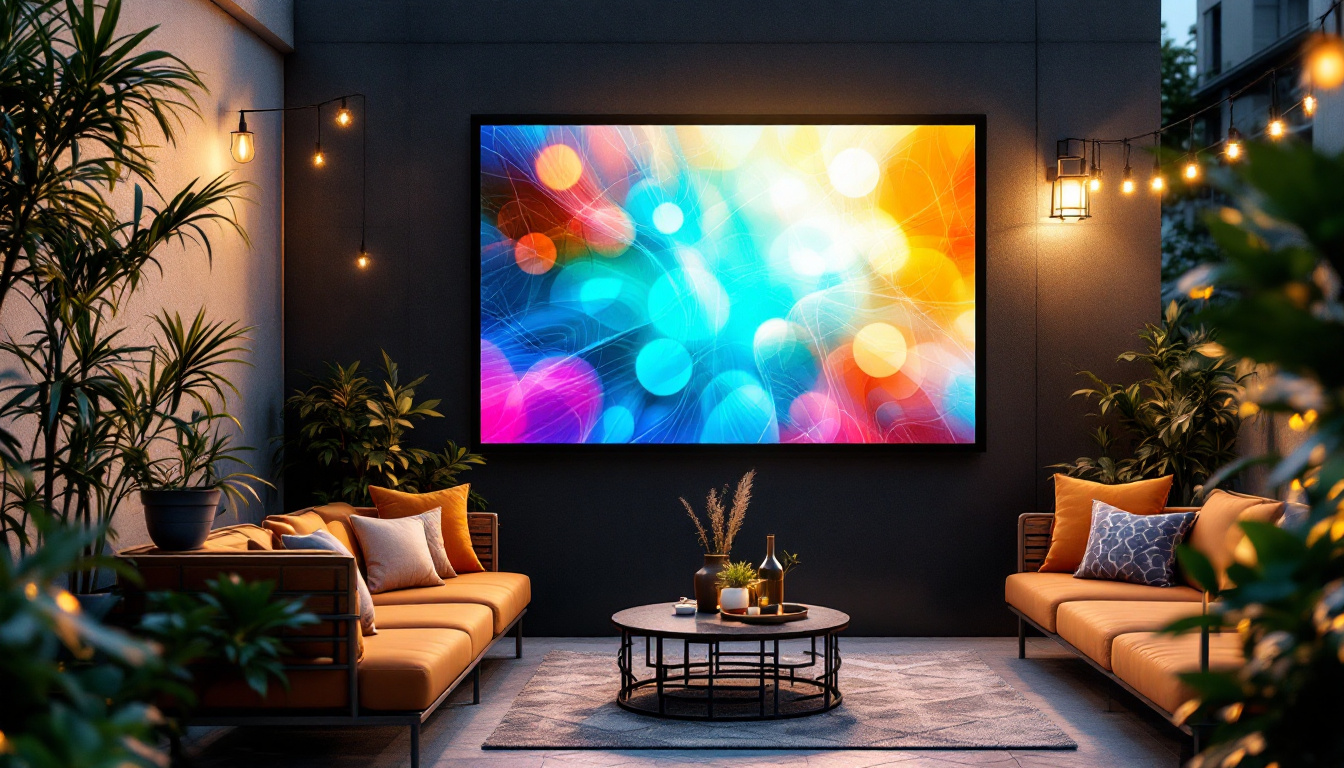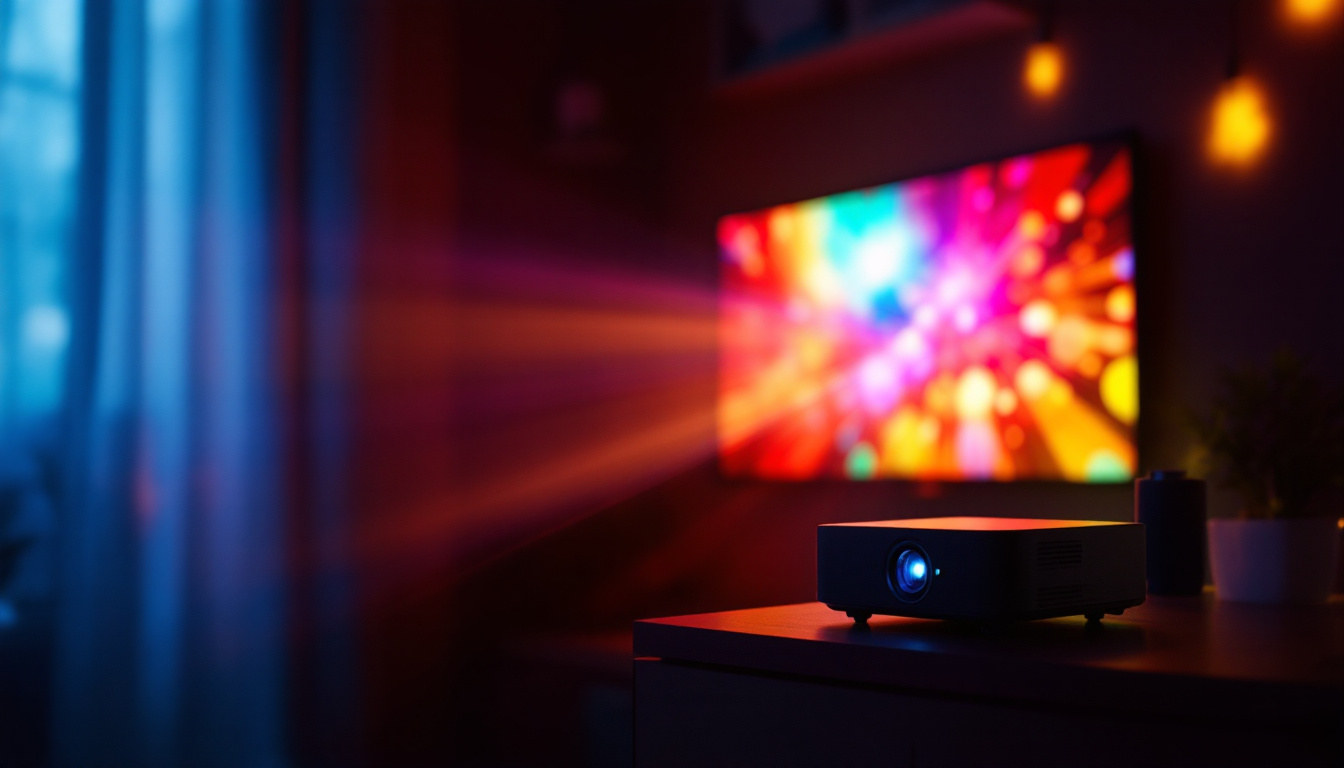In the realm of digital displays, understanding the intricacies of dot pitch and pixel pitch is essential for anyone looking to invest in LED technology. These terms are often used interchangeably, but they refer to distinct characteristics that can significantly affect the quality and performance of an LED display. This article delves into the definitions, implications, and applications of dot pitch and pixel pitch, providing a comprehensive overview for both novices and seasoned professionals.
Understanding Dot Pitch and Pixel Pitch
At the core of LED display technology lies the concept of dot pitch and pixel pitch. Both terms describe the distance between individual pixels or dots on a display screen, but they do so in slightly different contexts. Understanding these terms is crucial for evaluating display quality and suitability for various applications.
Defining Dot Pitch
Dot pitch refers to the distance between the centers of two adjacent pixels on a display. It is typically measured in millimeters (mm). A smaller dot pitch indicates a higher pixel density, which generally leads to improved image clarity and detail. This is particularly important for applications where viewers are positioned close to the screen, such as in retail displays or control rooms.
The dot pitch can significantly influence the viewing experience. For instance, a dot pitch of 1.0 mm is often found in high-resolution displays, allowing for crisp visuals and vibrant colors. In contrast, a larger dot pitch, such as 3.0 mm, may be suitable for outdoor displays where viewers are typically farther away.
Defining Pixel Pitch
Pixel pitch, while closely related to dot pitch, is more specific to LED displays. It refers to the distance between the centers of two adjacent pixels in a matrix configuration. Like dot pitch, pixel pitch is also measured in millimeters. However, pixel pitch tends to focus more on the arrangement of pixels and how they contribute to the overall resolution of the display.
In practical terms, pixel pitch can affect how well images and videos are rendered on a screen. A smaller pixel pitch allows for a higher resolution, which is essential for applications that require detailed imagery, such as digital signage in museums or art galleries. Conversely, a larger pixel pitch may suffice for simpler graphics or text-based displays.
The Importance of Dot Pitch and Pixel Pitch
Understanding dot pitch and pixel pitch is crucial for several reasons. These specifications not only determine the visual quality of an LED display but also influence its practical applications, cost, and installation requirements. Here, we explore why these metrics matter in the selection process for LED displays.
Image Quality and Clarity
One of the most significant factors influenced by dot pitch and pixel pitch is image quality. Displays with a smaller pitch provide higher pixel density, which translates to sharper images and finer details. This is particularly important in environments where precision is key, such as in medical imaging or high-end advertising.
Moreover, as technology advances, the demand for higher resolution displays continues to grow. Consumers and businesses alike are increasingly seeking displays that can deliver stunning visuals, making dot pitch and pixel pitch critical specifications to consider.
Viewing Distance
The optimal viewing distance for an LED display is closely tied to its dot pitch and pixel pitch. A display with a smaller pitch can be viewed comfortably from a closer distance without the individual pixels becoming discernible. This is crucial for applications where viewers are likely to be near the screen, such as in conference rooms or retail environments.
On the other hand, displays with a larger pitch are more suitable for long-distance viewing. For instance, outdoor billboards or large venue displays can utilize a larger pixel pitch, as viewers will typically be positioned further away. Understanding the intended viewing distance can help guide decisions on the appropriate pitch for a given application.
Applications of LED Displays
LED displays are versatile and find applications across various industries. From advertising to entertainment, the choice of dot pitch and pixel pitch can greatly influence the effectiveness of the display. Below are some common applications and how pitch specifications play a role in their effectiveness.
Advertising and Digital Signage
In the advertising sector, LED displays are a powerful tool for capturing attention. High-resolution displays with smaller dot and pixel pitches are often used in urban areas where viewers are close to the screen. These displays can showcase vibrant images and videos that draw in potential customers.
Conversely, larger pitch displays are commonly utilized for outdoor billboards, where the primary goal is visibility from a distance. These displays may not require the same level of detail, allowing for cost-effective solutions that still deliver impactful messaging.
Control Rooms and Monitoring Stations
Control rooms, such as those found in security and traffic management, rely on high-quality displays to monitor critical information. In these environments, a smaller dot pitch is essential to ensure that details are visible and easily discernible. High-resolution displays can provide clarity in fast-paced situations where quick decision-making is crucial.
Additionally, the layout of control room displays often involves multiple screens working together to create a cohesive visual experience. Understanding the pixel pitch helps in designing an effective display setup that meets the specific needs of the operators.
Entertainment and Events
In the entertainment industry, LED displays are used for concerts, sports events, and theater productions. The choice of pixel pitch can significantly impact the audience’s experience. Smaller pitches are preferred for indoor events where the audience is close to the stage, ensuring that every detail is visible.
For outdoor events, larger pixel pitches may be utilized, as the audience is typically positioned at a greater distance. The key is to strike a balance between visibility and cost, ensuring that the display meets the needs of the event without overspending on unnecessary resolution.
Choosing the Right Dot Pitch and Pixel Pitch
When selecting an LED display, understanding how to choose the right dot and pixel pitch is essential. Several factors come into play, including the intended application, budget, and installation environment. Here are some considerations to keep in mind.
Assessing Viewing Distance
Determining the optimal viewing distance is one of the first steps in selecting the right pitch. For displays that will be viewed from a close range, such as in retail settings, a smaller dot and pixel pitch is advisable. This ensures that the display appears sharp and detailed, enhancing the overall viewer experience.
In contrast, for applications where the audience will be further away, such as outdoor billboards, a larger pitch can suffice. This approach not only saves costs but also ensures that the display remains effective from a distance.
Evaluating Content Type
The type of content that will be displayed also plays a critical role in pitch selection. High-resolution images and videos require a smaller pixel pitch to maintain clarity and detail. Conversely, if the display will primarily showcase text or simple graphics, a larger pitch may be more appropriate.
Understanding the content type can help in making informed decisions that align with the display’s intended use, ensuring that the investment yields the desired results.
Budget Considerations
Budget is an inevitable factor in any purchasing decision. Smaller dot and pixel pitches often come with higher costs due to the increased technology and manufacturing requirements. Balancing quality and budget is crucial; it may be beneficial to consider the long-term value of investing in a higher-quality display that meets specific needs.
Exploring various options and manufacturers can also provide insights into cost-effective solutions that do not compromise on quality. The goal is to find a display that meets performance expectations without exceeding budgetary constraints.
Future Trends in LED Display Technology
The LED display industry is continuously evolving, with advancements in technology leading to new possibilities for dot pitch and pixel pitch. As demands for higher resolution and better performance grow, several trends are emerging that could shape the future of LED displays.
MicroLED Technology
MicroLED technology is gaining traction as a game-changer in the display industry. This innovative approach utilizes microscopic LEDs to create displays with exceptional brightness, color accuracy, and contrast. MicroLEDs can achieve smaller dot and pixel pitches, allowing for incredibly high-resolution displays that are ideal for both indoor and outdoor applications.
As MicroLED technology matures, it is expected to become more accessible, offering a new standard for display quality. This could revolutionize how businesses and consumers approach LED displays, pushing the boundaries of what is possible in visual technology.
Increased Customization
As the demand for personalized experiences grows, manufacturers are increasingly offering customizable LED display solutions. This includes options for varying dot and pixel pitches tailored to specific applications. Customization allows businesses to create displays that meet their unique needs, enhancing the effectiveness of their visual communication.
With advancements in manufacturing techniques, the ability to produce displays with varying pitches and configurations is becoming more feasible, paving the way for innovative applications across various industries.
Sustainability and Energy Efficiency
As environmental concerns continue to rise, the LED display industry is also focusing on sustainability and energy efficiency. New technologies are being developed to reduce energy consumption while maintaining high-quality performance. Displays with smaller dot and pixel pitches can now be designed to be more energy-efficient, aligning with global sustainability goals.
Investing in energy-efficient displays not only reduces operational costs but also contributes to a more sustainable future, making it an appealing option for businesses looking to enhance their corporate responsibility.
Conclusion
In conclusion, understanding dot pitch and pixel pitch is essential for anyone involved in the selection and implementation of LED displays. These specifications play a crucial role in determining image quality, viewing distance, and overall effectiveness of the display. As technology continues to advance, the options available for dot and pixel pitches are expanding, offering exciting possibilities for various applications.
By carefully assessing viewing distance, content type, and budget considerations, businesses can make informed decisions that lead to successful LED display implementations. With the emergence of new technologies and trends, the future of LED displays looks promising, paving the way for even more innovative and effective visual communication solutions.
Explore Cutting-Edge LED Displays with LumenMatrix
Ready to elevate your visual communication with high-quality LED displays? LumenMatrix is at the forefront of LED display technology, offering a wide array of solutions tailored to your needs. From captivating Indoor LED Walls to dynamic Outdoor LED Displays, and from versatile Vehicle LED Displays to innovative Custom LED solutions, we have everything you need to create engaging and memorable experiences. Embrace the future of digital signage with our All-in-One LED Displays, LED Transparent Displays, and more. Don’t miss out on the opportunity to transform your space. Check out LumenMatrix LED Display Solutions today and see your vision come to life.


